Dimensions and angular relationships appear different from reality when we are looking at them at an angle. This is what underlies perspective and the concept of foreshortening in art. In the simplest of scenarios, lines that are otherwise parallel to each other and to the ground, such as the top and bottom of a building, appear to intersect at a vanishing point when we are looking at the building from an angle.
Foreshortening in a building
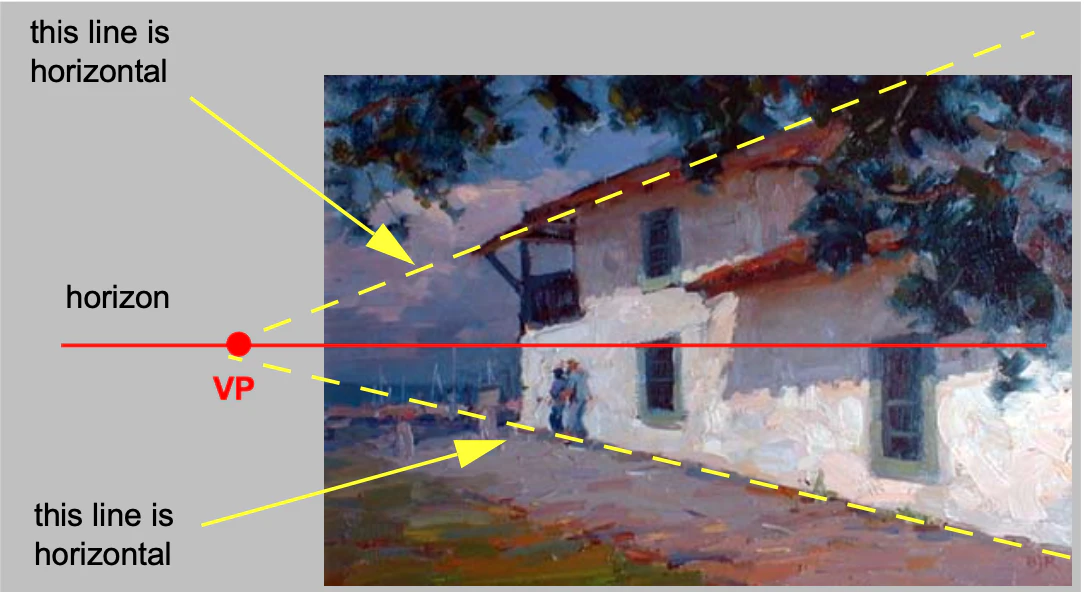
The height of the building nearer to the viewer appears larger than the distant side. In addition to the difference in heights, the length of the building along the perspective appears smaller. Notice how the widths of some of the faces of the cube appear significantly smaller depending on the viewer’s angle. Not only do the light poles farther down the road appear shorter than the ones closer to us but also the distance between adjacent poles or fence posts decreases. This reduction in dimensions is the idea behind foreshortening in art.
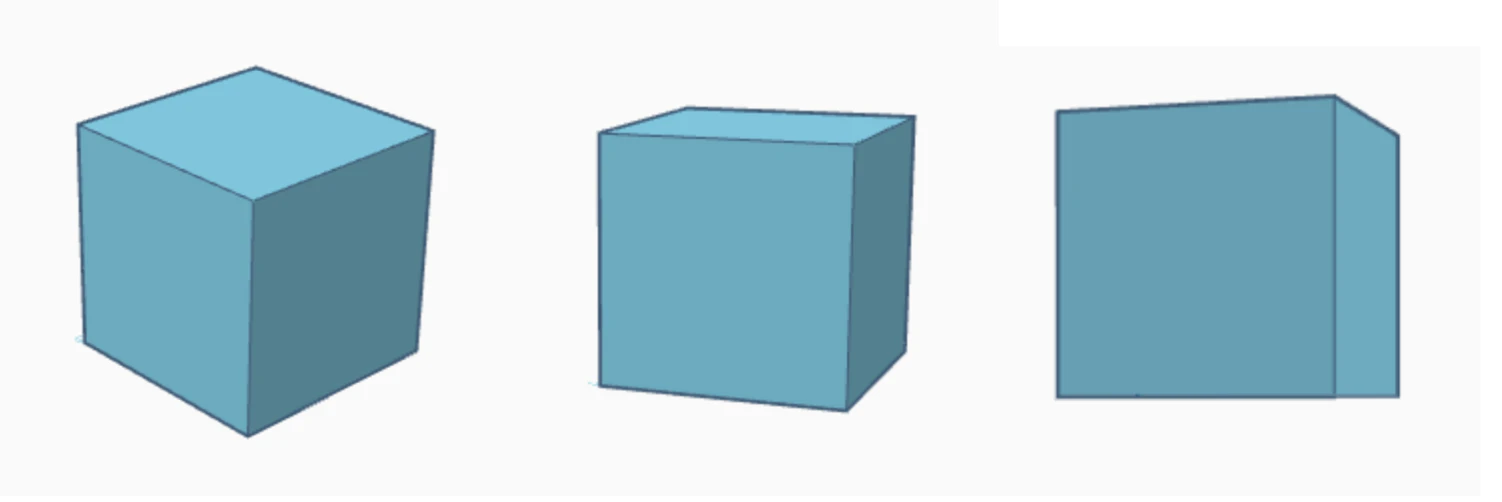
Since we live in a 3 dimensional world, depending on the viewer’s angle all lines that are parallel to each other will converge into one, two, or three vanishing points.
Foreshortening in art: One-point, two-point, and three-point perspective
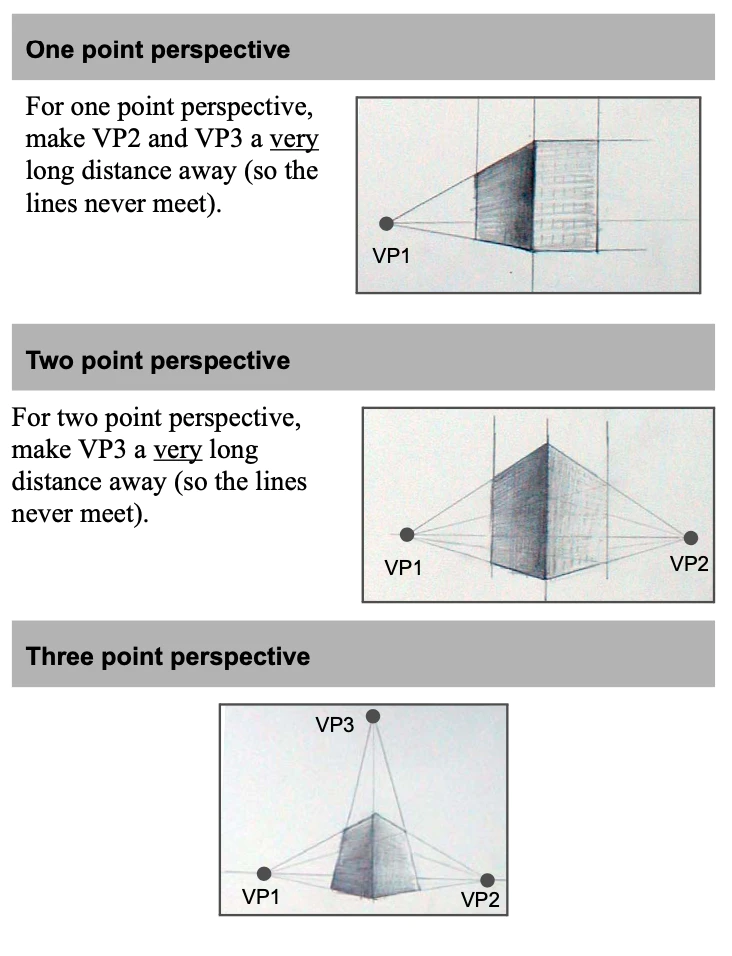
Lines that are not parallel to each other will converge into different vanishing points. Example of these are:
- Houses on a curving street where the faces of the houses are not parallel to each other but rather follow the curvature of the street.
- A winding path or a river where the banks are switching directions
- Houses on a sloping street where the tops of the houses are parallel to a horizontal plane but the bottoms are parallel to the sloping ground.
Foreshortenting in art: sloping streets
Here are some examples of foreshortening in art when drawing a street that has a slope.
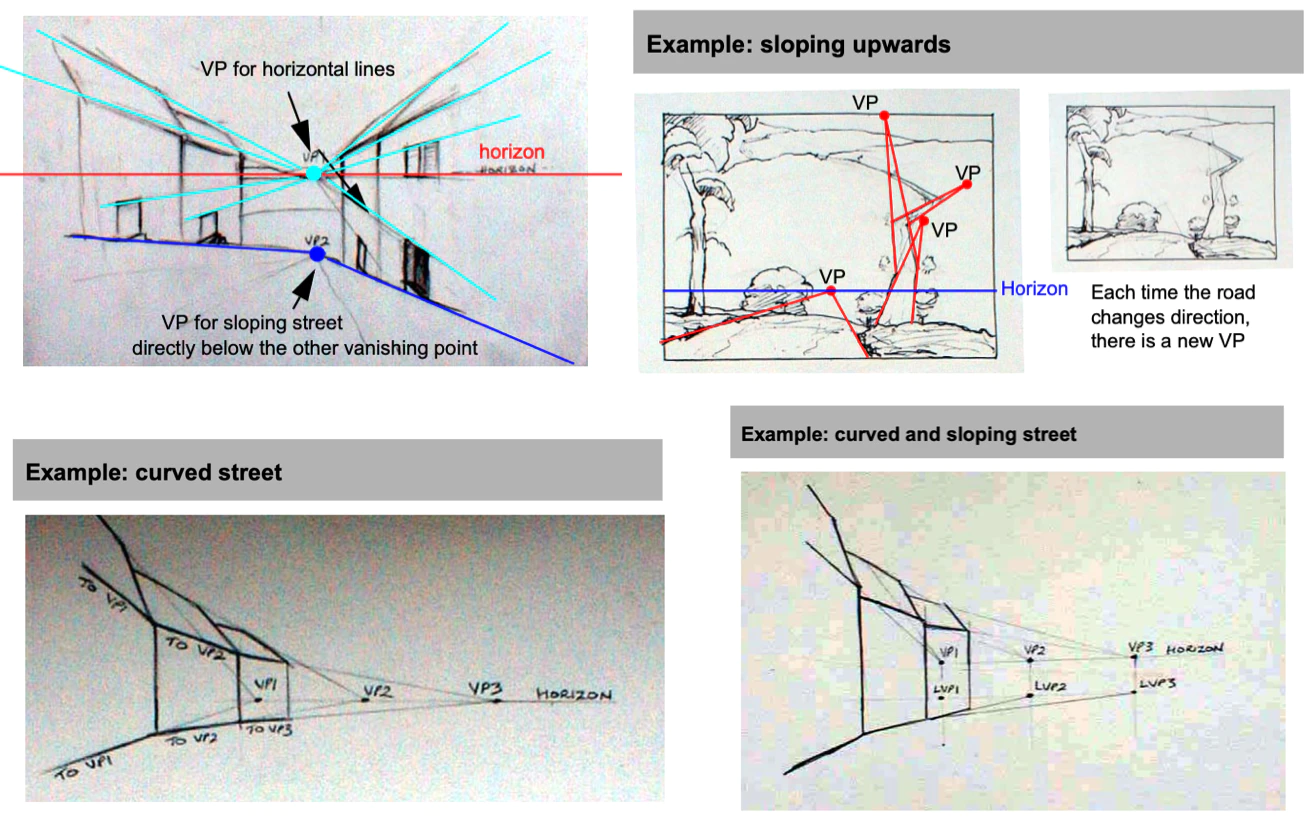
Why foreshortening in art is important
From birth, our mind is trained to reverse interpret the intersecting angles and foreshortened dimensions accurately, just as our mind is trained to interpret that there is 3 dimensional space when it sees overlapping objects or that there is form when it sees shadows. This is the reason why it is important to capture perspective and foreshortening accurately otherwise the viewer will know that something is off even if they cannot identify it. It is interesting to note at this point that after those born blind regain their sight it is necessary for them to learn the concepts of shadows and form, overlapping objects in space, as well as perspective and foreshortening.
Foreshortening in a cube: two decisions
When considering foreshortening, two decisions need to be made even for simple cubes: the angle between its edges that appear to intersect and their foreshortened length.
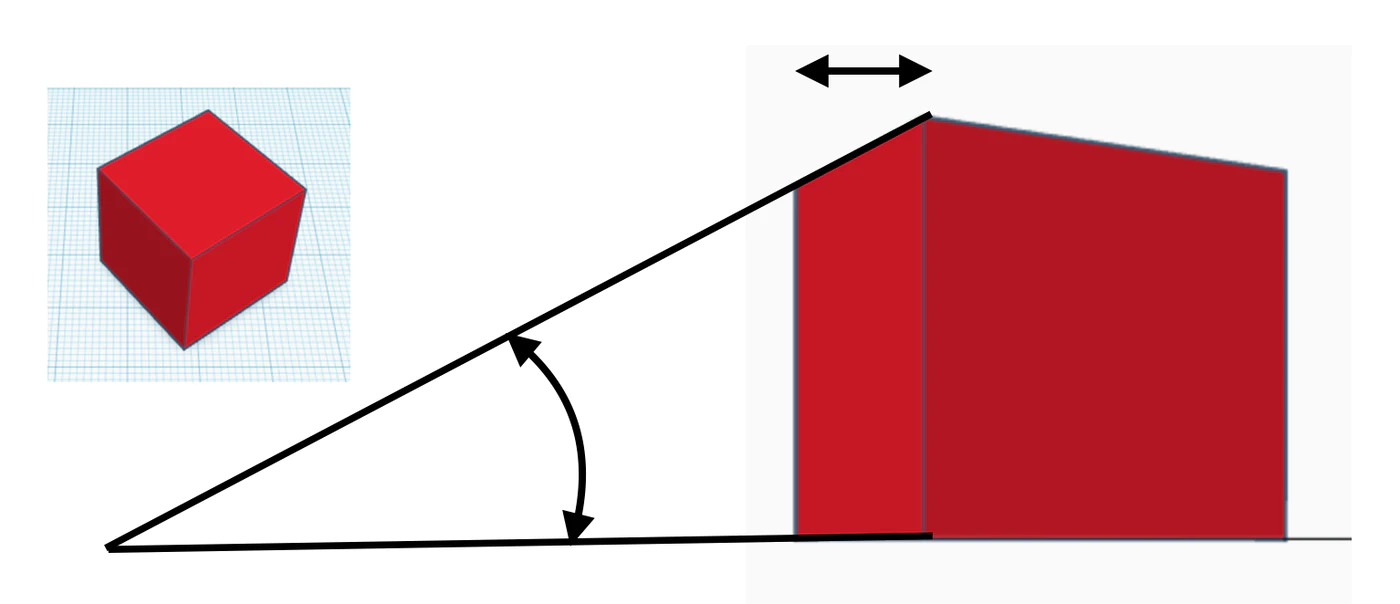
In order to determine the angle and the foreshortened dimension accurately one will have to study the math behind them, however, that is not needed except in the case of mechanical and architectural drawings. More importantly, perspective and foreshortening in art are not limited to just lines and flat surfaces but rather apply to all objects. This is why the round top of a cup and round arches on buildings appear elliptical when seen at an angle.
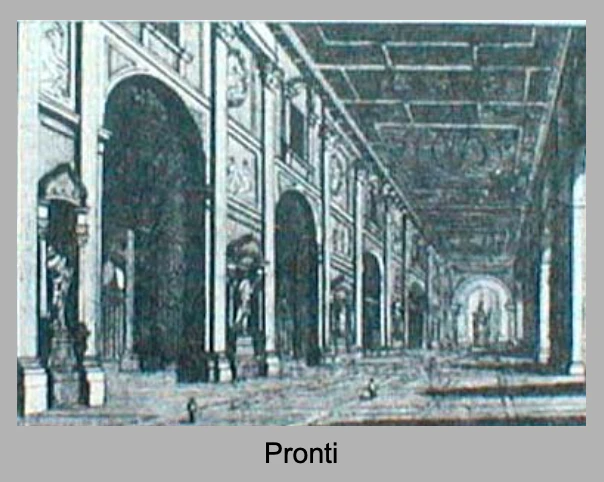
And then there are far more complex surfaces, such as, vases, trees, and figures. Notice that the length of the left forearm of Degas’ dancer is almost same as the corresponding hand. This is because the forearm is foreshortened!
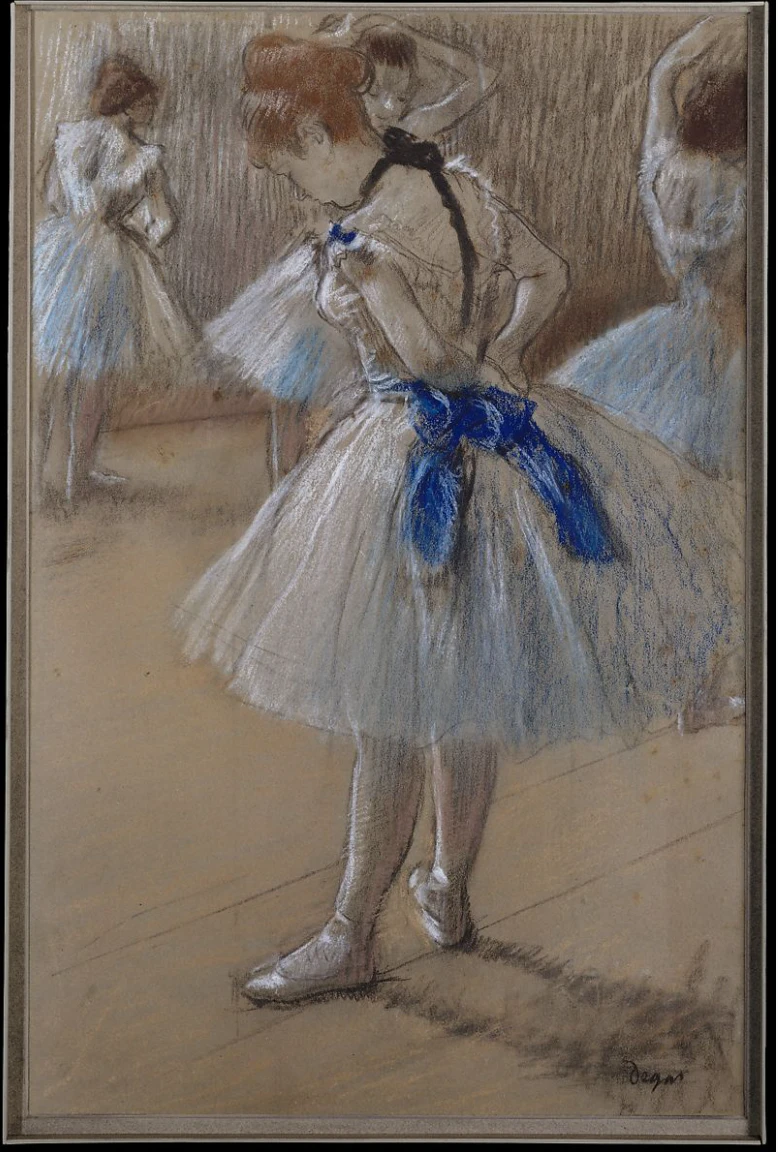
One approach to foreshortening in art is to break up the complex surfaces into simpler surfaces in order to draw them accurately. Arms and fingers, for example, can be simplified as cylindrical shapes. Getting the perspective and foreshortening on complex surfaces accurately is very hard so no wonder many techniques were invented to capture the geometry as it appears to us, such as, drawing on glass and elaborate projection machines.
Fortunately, there are much easier methods to achieve foreshortening in art, such as, angular transfer, measurements, level and plumb lines, for capturing sufficient accuracy that would be just enough for the viewer’s brain to then interpret accurately. These methods can be used wisely only when the artist is aware that they are capturing perspective and foreshortening.
For example, using these methods one could capture the geometry of the top and bottom lines of a cube that appear to be intersecting with some accuracy, however, with the knowledge of perspective the accuracy of those lines can be further enhanced by establishing a vanishing point and judging the foreshortened length more accurately using the angular transfer and measurement techniques.
If the artist is aware that the vanishing point shifts as an effect of a sloping street or a curving street greater accuracy can be achieved thus pleasing the viewer’s brain. Similarly, if the artist is aware that the roundness of the ellipses representing the top and bottom of a cylindrical cup are most likely different depending on the angle of view better accuracy can be achieved.
Instead of just eyeballing one can make use of powerful techniques that have been developed for capturing the geometry of circles that appear elliptical, or the accurate placement of the top point of a roof by locating the perspective center, or the continuous reduction in spacing between fence posts. In the Virtual Art Academy® online painting classes you will get to learn more about foreshortening in art and many other techniques, such as, how to identify how many vanishing points to use, how to locate them, and how to simplify complex surfaces.
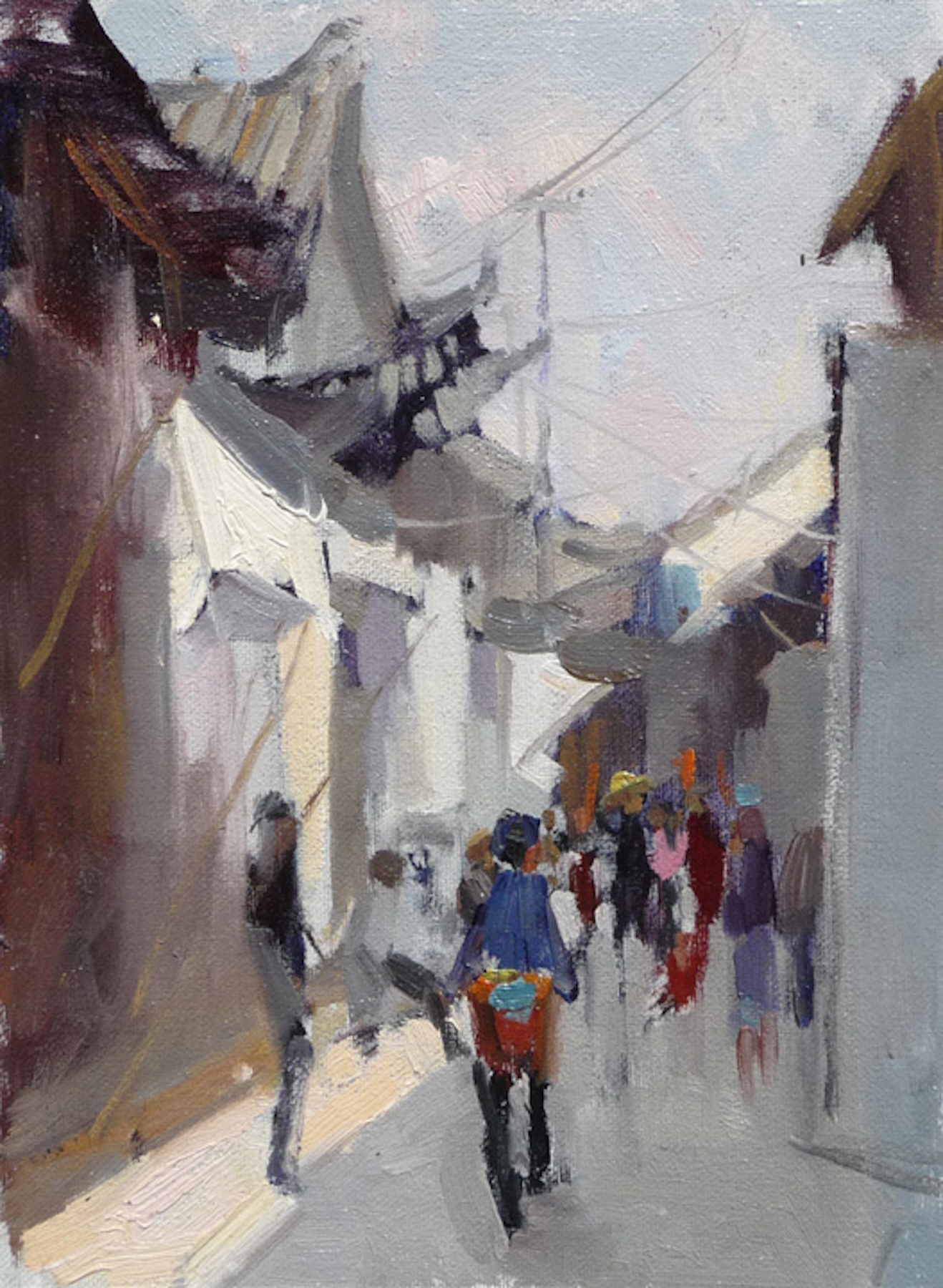
There are also other forms of perspective such as curvilinear perspective, but these do not concern the artist as much as the methods of foreshortening in art that I have described above.
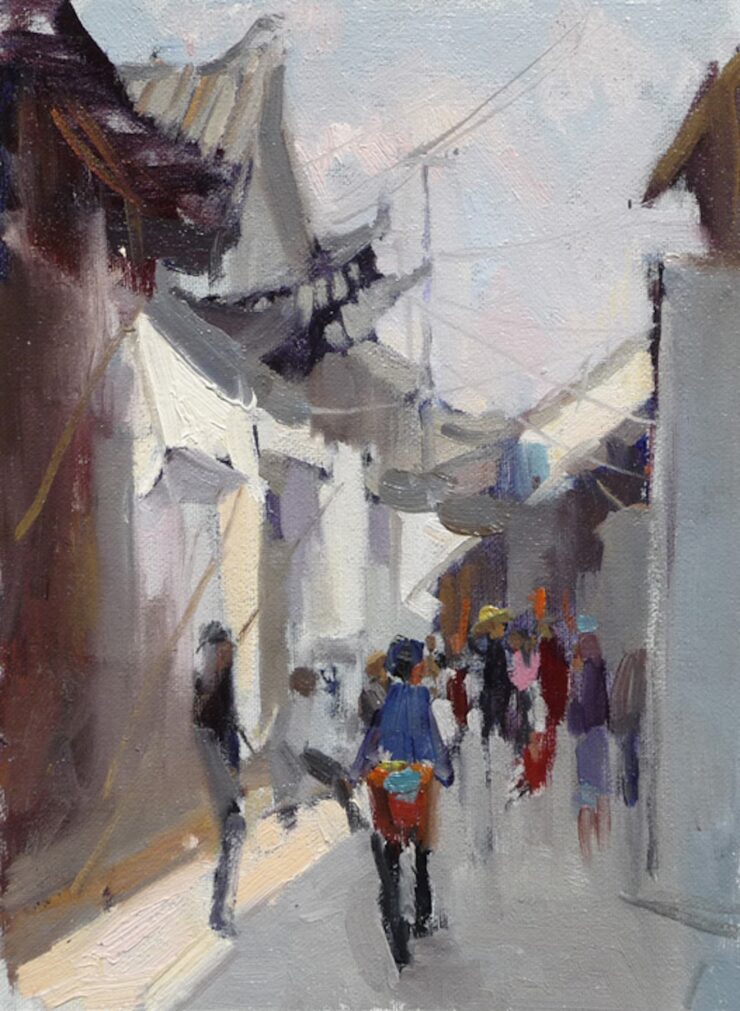
I was having an issue getting
an object to appear to lie flat In a illustration. I took a few classes online on perspective, watched a few you tube videos. I sort of understood it. But reading about 3 point perspective here finally made the light bulb in my head light up! Now I understand what I needed to do in my illustration to make the object appear flat. The concept is explained in a very clear and concise and understandable way!
I am glad you found this information on perspective in art helped you.
Barry